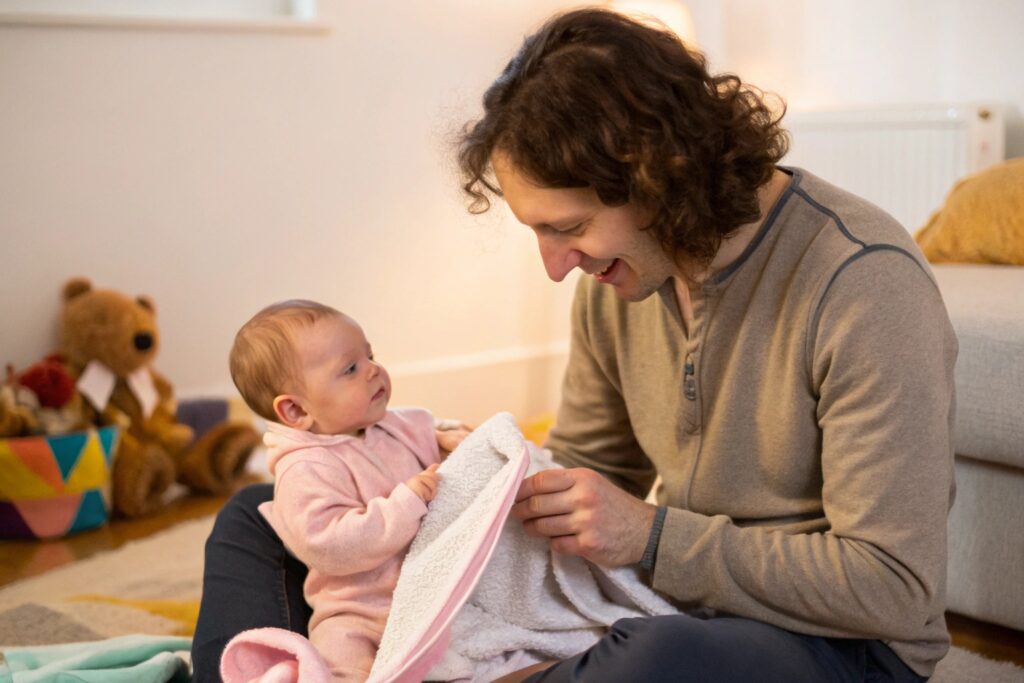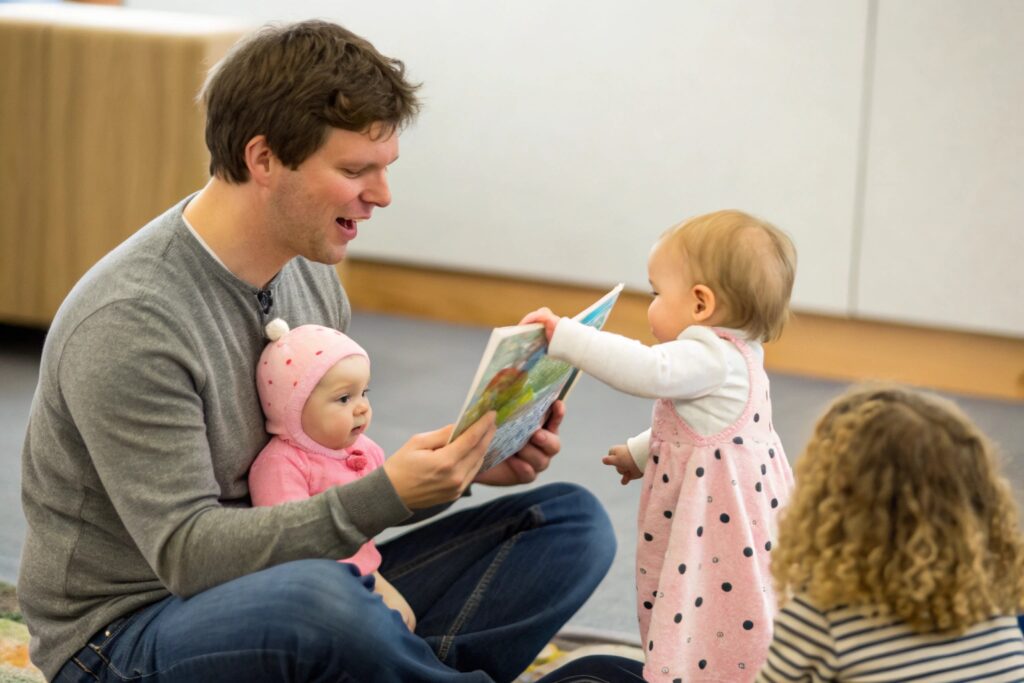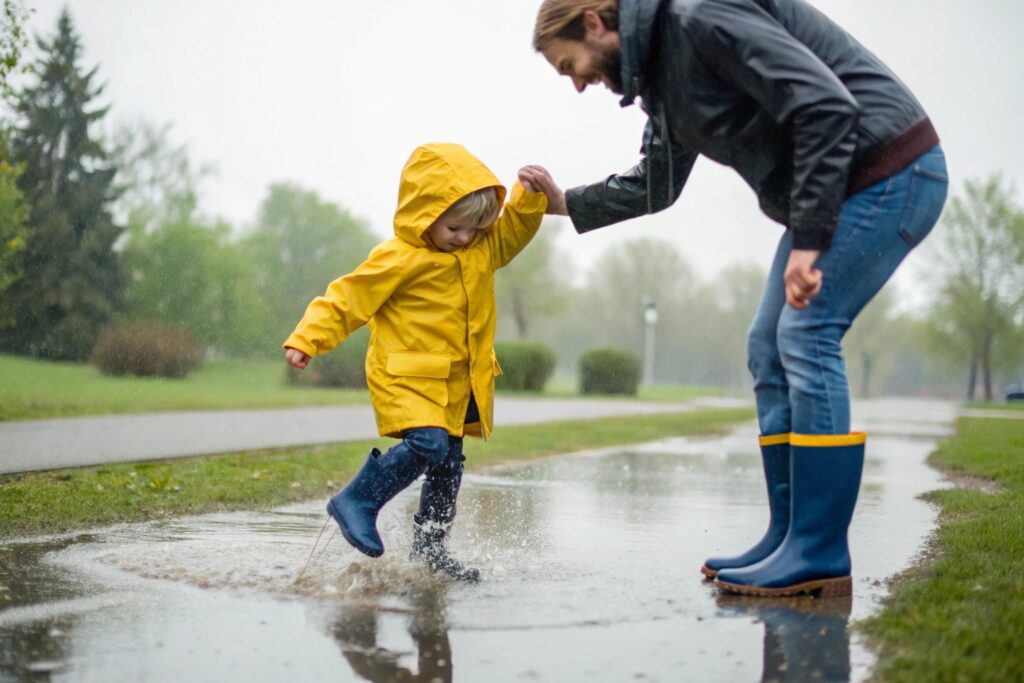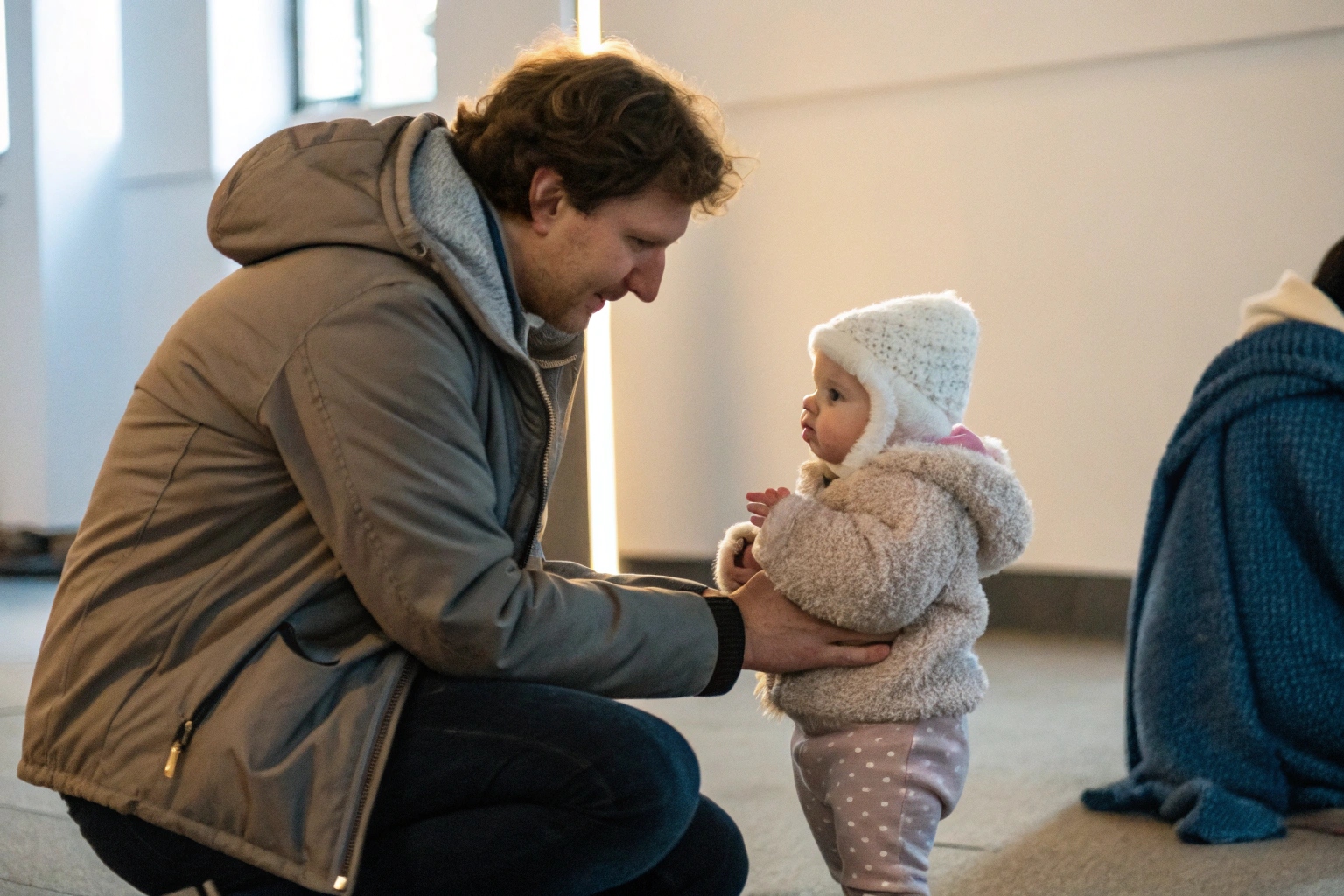Young children often ask, “Why do I have to wear clothes?”—and giving a clear, age-appropriate answer isn’t always easy. They just want to play, not dress up.
To explain clothing to children, focus on comfort, safety, weather, and self-expression—using simple words, games, and daily routines.
Let me share how I’ve guided kids to understand clothing in a fun, positive way—without making it feel like a rule or a chore.
How to Teach Kids About Modesty and Comfort?
Kids are naturally curious about their bodies. Teaching them about clothing starts with helping them understand privacy, protection, and feeling good.
To teach kids about modesty and comfort, use simple explanations like “clothes protect your body” and emphasize how clothes help us feel safe and respected.

How can I explain modesty to a child without making them feel ashamed?
I keep it simple and neutral. I say, “Clothes are like a cozy cover. They protect the parts of our body that are private.” I also explain that everyone wears clothes to help others feel comfortable around them, too.
Modesty isn’t about fear—it’s about kindness, comfort, and confidence. Here’s a sample script I use:
“Your clothes are like your superhero shield. They help keep your body safe, warm, and happy.”
How do I connect comfort with dressing habits?
I let kids try different fabrics and ask, “Which one feels soft? Which one is itchy?” They learn that choosing comfy clothes helps them play better and feel calm. I often say, “This shirt feels good on your skin—it helps you enjoy your day.”
Fun Ways to Explain Clothing Purpose to Toddlers?
Toddlers don’t care about rules. But they love stories, games, and pretend play. That’s where we sneak in the lessons.
The best way to explain clothes to toddlers is through storytelling, dressing games, mirror play, and weather-themed dress-up activities.

What games or stories help toddlers learn about why we wear clothes?
I’ve used dolls and stuffed animals to tell clothing stories:
- “Bear is cold. What should Bear wear?”
- “Dino is going to a party—should Dino wear pajamas or a dress?”
Here are a few fun learning activities:
- Dress-Up Box: Let kids pick outfits for weather, pretend jobs, or silly events.
- Mirror Game: Let them dress and look in the mirror. Ask, “Does that feel good? Is it easy to move?”
- Clothing Sort: Sort clothes into “warm” and “cool” piles and explain why.
How can I make clothing feel fun instead of forced?
Give choices. Instead of saying “Put on your shirt,” I say, “Do you want the blue shirt or the green one?” It gives them control while teaching purpose. I also sing silly dressing songs like:
“Shirt on top, socks on feet, now we’re ready for the street!”
Why We Wear Different Clothes for Different Weather?
Trying to get a toddler to wear a coat in winter—or not wear one in summer—is a daily challenge. But even toddlers can understand weather.
We wear different clothes for different weather to stay warm, cool, dry, or protected. Children learn best through sensory play and simple examples.

How do I help my child connect clothing with how their body feels?
I start with body cues:
- “Does your nose feel cold?”
- “Is your back sweaty?”
- “Do your feet feel wet?”
Then I connect the feeling to clothes:
“When it’s cold, a jacket helps your nose stay warm. When it’s hot, light clothes keep you cool.”
Here’s a basic chart I use with kids:
| Weather | What to Wear | Why It Helps |
|---|---|---|
| Cold/Snowy | Jacket, hat, gloves | Keeps body warm |
| Rainy | Raincoat, boots | Keeps clothes and feet dry |
| Hot/Sunny | Light shirt, sun hat | Keeps you cool and safe from sun |
What tools make learning about weather and clothing easier?
- Weather picture books with flaps or textures
- Printable dress-the-doll weather cards
- Daily weather boards (“What’s the weather today?”)
Letting kids help choose clothes based on weather builds independence and body awareness.
How to Make Dressing a Positive Daily Routine?
Getting dressed shouldn’t be a battle. But for many parents, it turns into daily stress. A smoother routine starts with making it fun and giving kids simple control.
To make dressing positive, turn it into a predictable, playful routine with options, praise, and small responsibilities.

Why do kids resist getting dressed—and how can I help?
It’s usually about control. Clothes may feel restrictive, or the child wants more choice. I’ve found that creating a visual routine chart helps. Something like:
- Wake up
- Go potty
- Pick clothes
- Get dressed
- Eat breakfast
I also keep clothes in low drawers so they can pick their own. Even small choices reduce resistance.
How do I encourage independence and pride in dressing?
- Give 2 outfit options: “Do you want the striped pants or the jeans?”
- Let them put on easy pieces: stretchy pants, oversized tees
- Celebrate effort: “Wow! You pulled on your socks all by yourself!”
I avoid over-correcting mismatched outfits. If they’re dressed, clean, and happy—I call it a win.
Conclusion
Teaching kids why we wear clothes doesn’t need to be a lecture. Through fun, choices, and patience, we help them understand comfort, weather, and self-care—building habits that last a lifetime.










